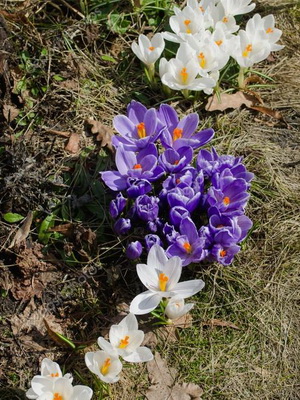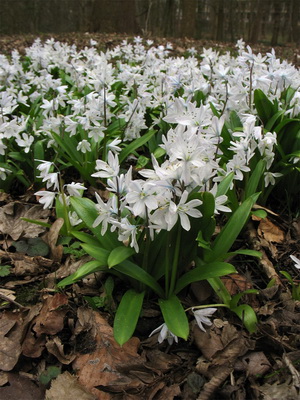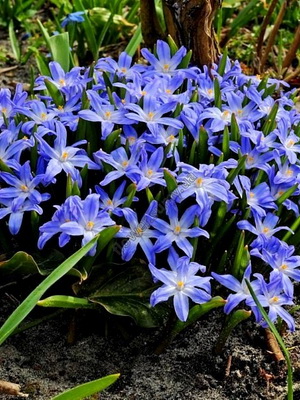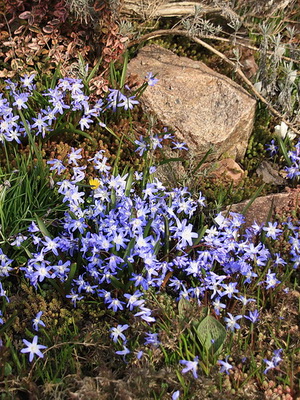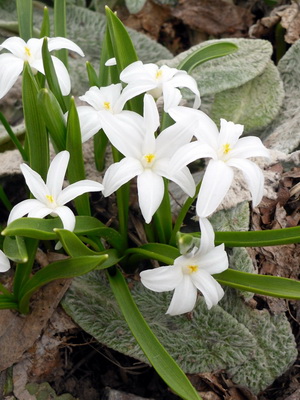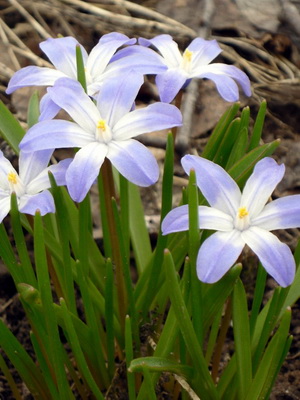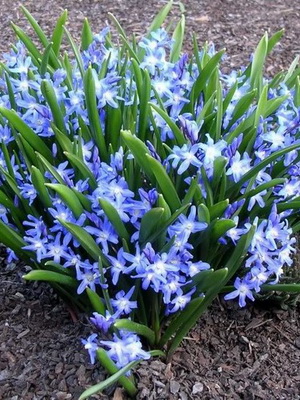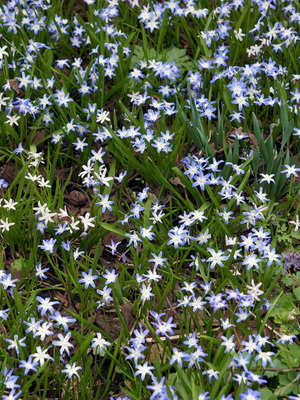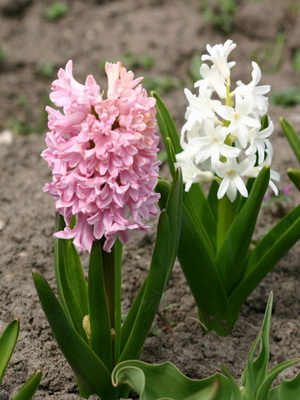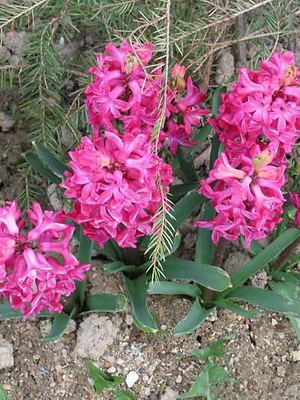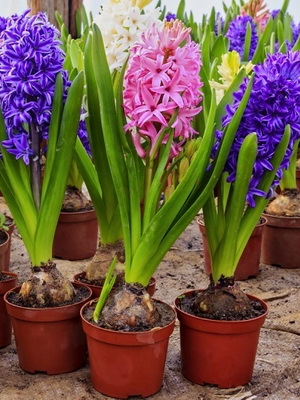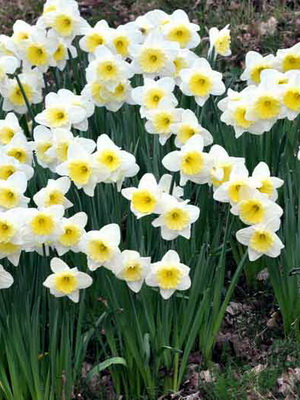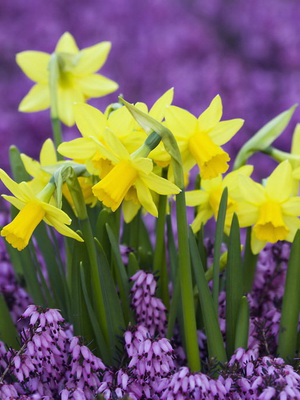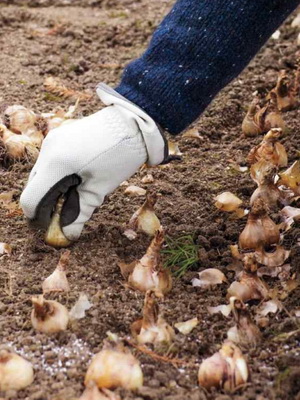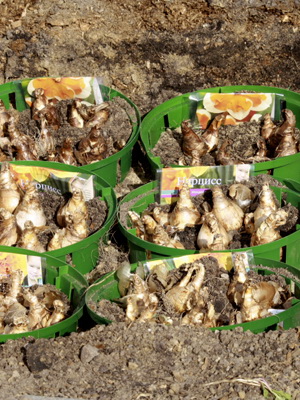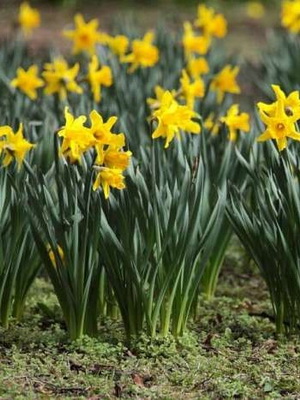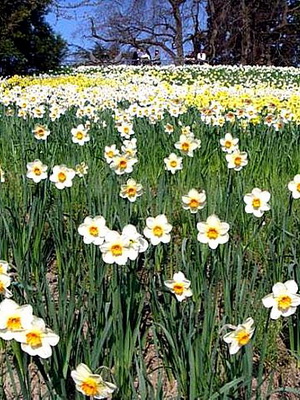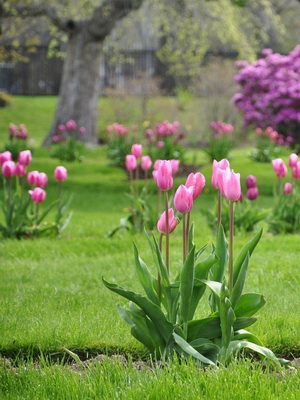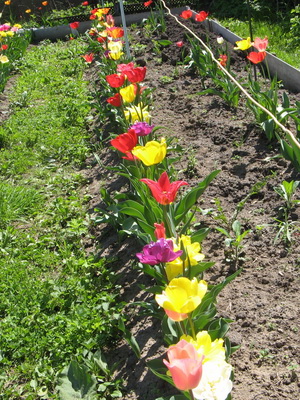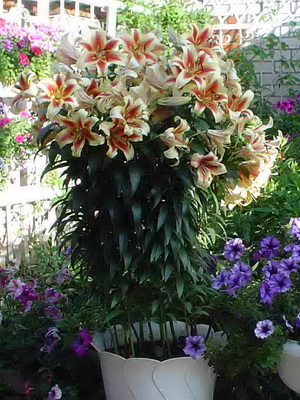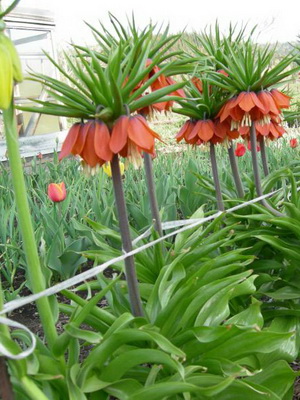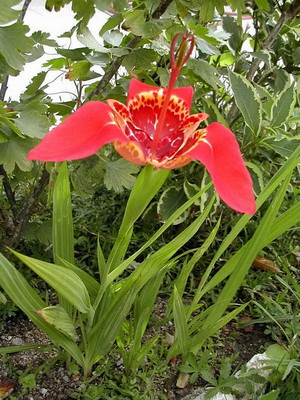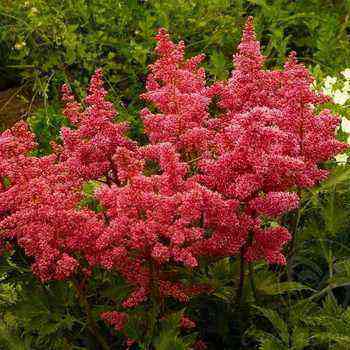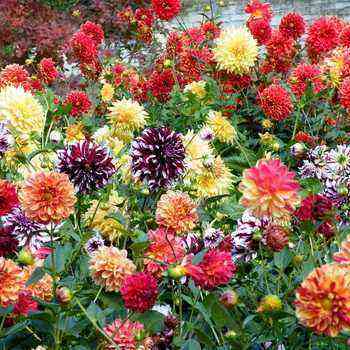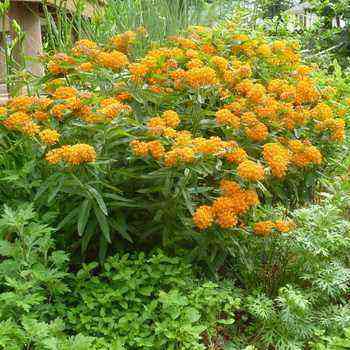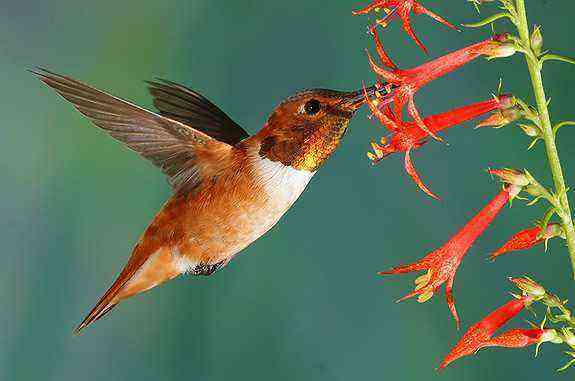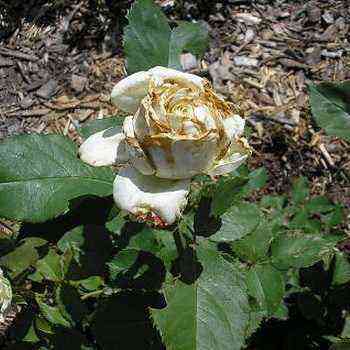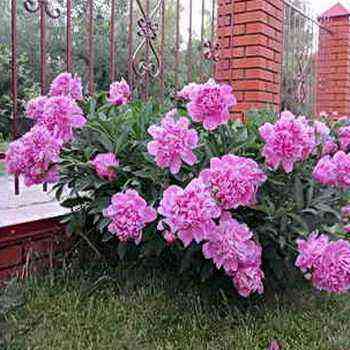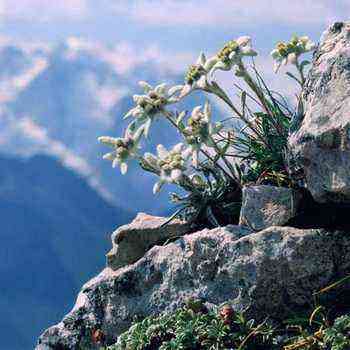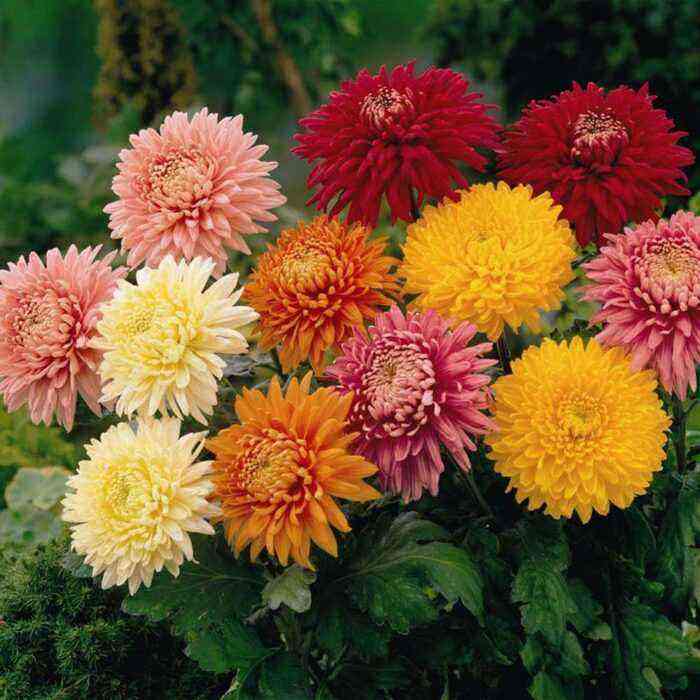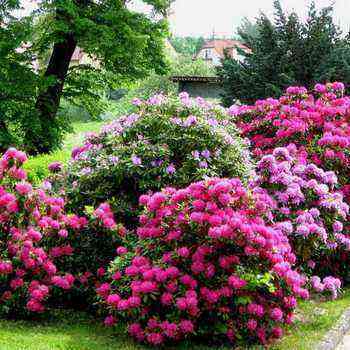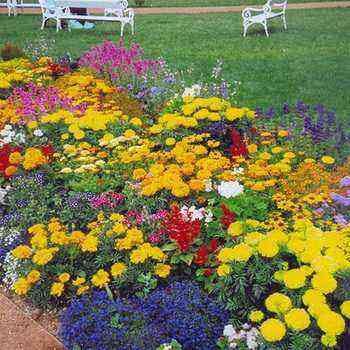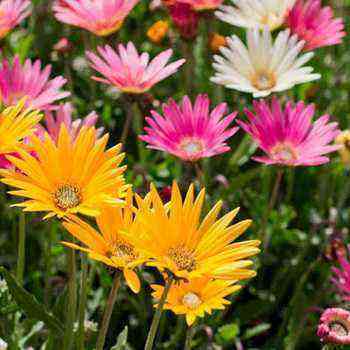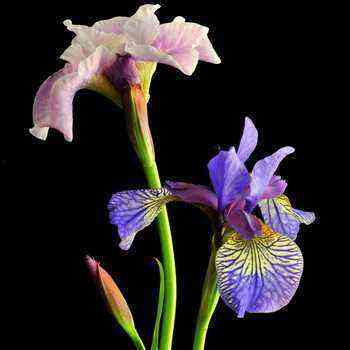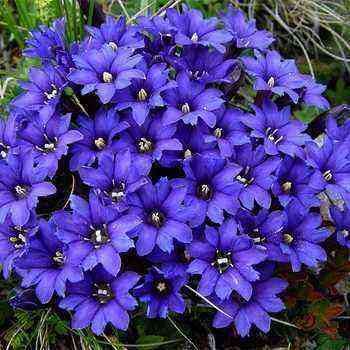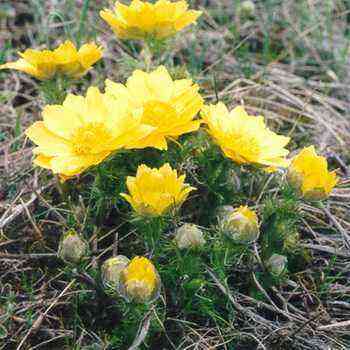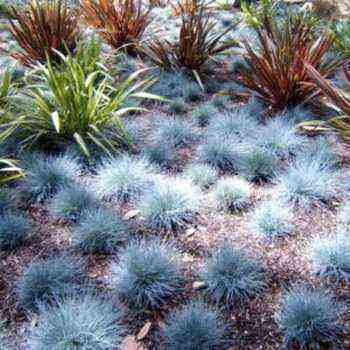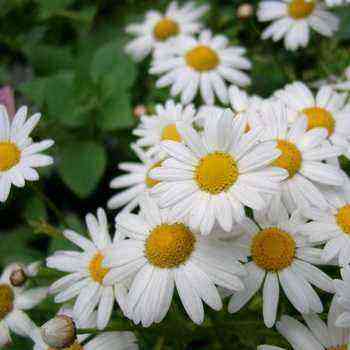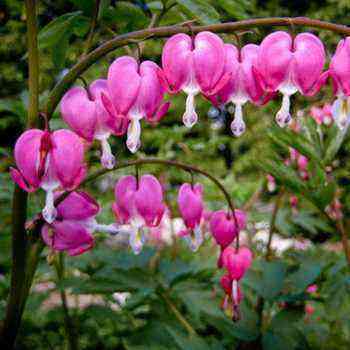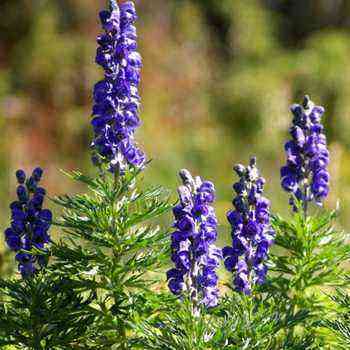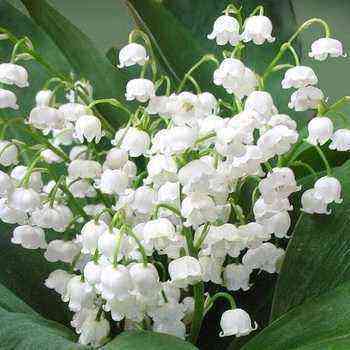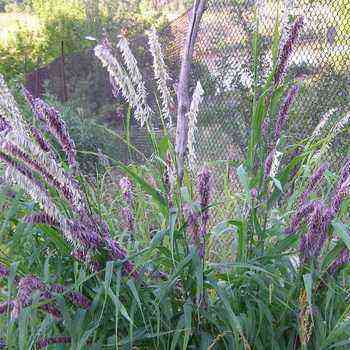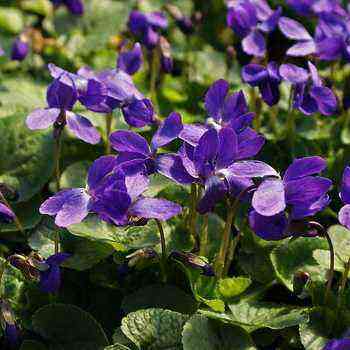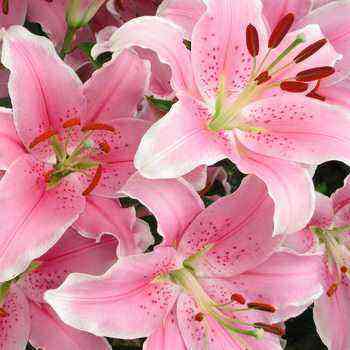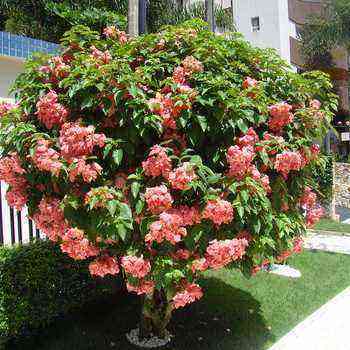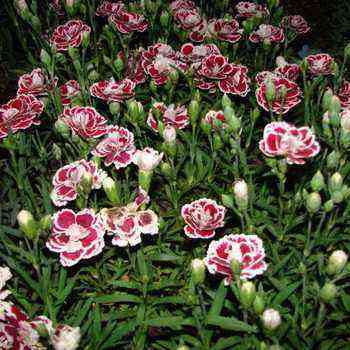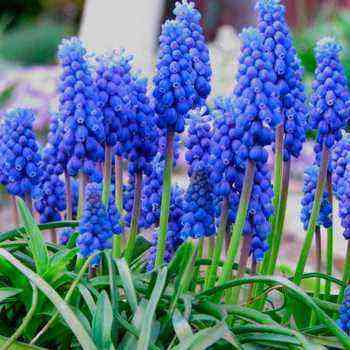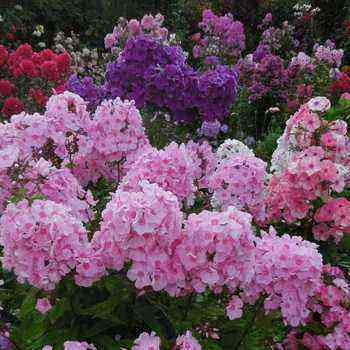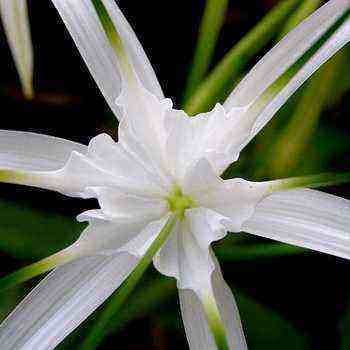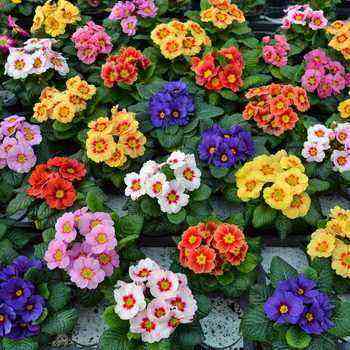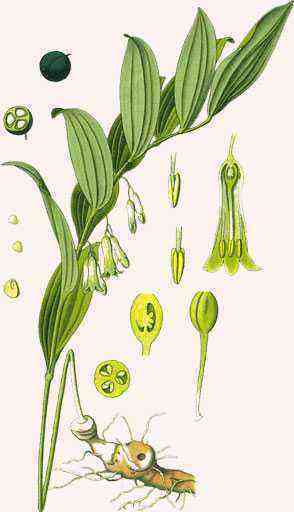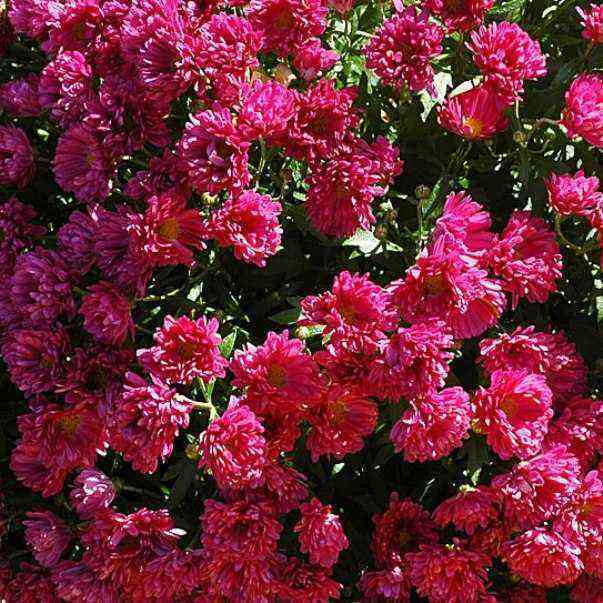
Plant on a patch of ground woodlands (scillas), Pushkinia, crocuses, tulips, daffodils or chionodox. One has only to arrange clumps of different species and varieties away from each other, since they easily form hybrids, including intergeneric (quinoscilla).
Perennial flowers for the garden: crocuses
Crocuses are beautiful bulbous flowers for the garden that are popular with many gardeners. These are the earliest bulbous primroses, so if you want your flower bed to delight you with lush bloom with the arrival of spring, choose bulbous flowers for your garden called crocuses.
Crocuses are light-loving plants, so a sunny spot should be allocated for them in the garden. They grow well only on loose and fertile soil. The leaves of these bulbous plants grow in a bunch, they appear simultaneously with flowers or a little later. These are small-bulbous flowering plants, the height of which does not exceed 10 cm.
In most species, the flower is simple, has a goblet shape, but in some specimens there are double flowers. Pay attention to the photo below, how these bulbous flowers look for the garden:
Crocuses grow in large numbers in the mountains of the Crimea and the Caucasus, many of their species are listed in the Red Book. The color of the flowers can be varied – blue, white, yellow, lilac, two-color.
Interestingly, crocus flowers bloom only in sunny weather. If the weather is cloudy or rainy, and in the evening, they do not open. Crocuses bloom within one month, some species are less.
Bulbous flowers in the garden
The leaves of the forest, chionodox and pushkin are short-lived. In this case, this is a plus, since they do not spoil the overall look. All these plants can live both in the sun and under the canopy of trees among other species, with the exception, perhaps, of very dense ground cover plants.
Proleski, Pushkinia and Chionodox are some of the earliest plants.
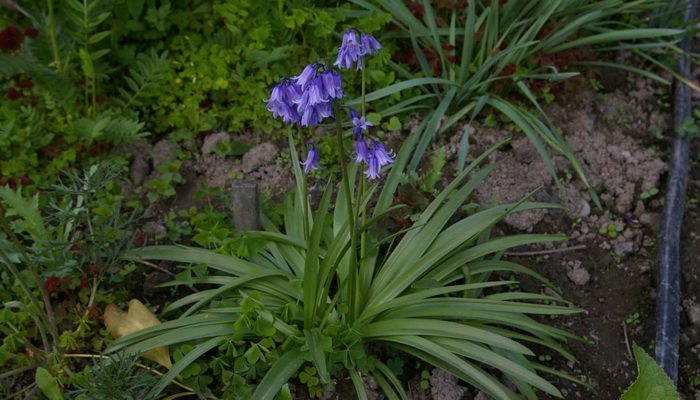
The only exception is the Spanish redhead (Scilla hispanica = Endymion hispanicus) , which blooms in summer.
The rest bloom, scatter seeds and hide underground in the spring. They are adored by hungry bees and other insects.

I have unforgettable childhood impressions connected with the Siberian Proleskaya (S. sibirica) .
Blue streams, yellow anemones, lilac and yellow crested beetles, strange tulips that never reveal narrow flowers, and even brown hazel grouses – and all this is accompanied by nightingales. By the way, Siberian beetle is not found in Siberia at all. It grows exclusively in the European part.

An exquisite and rare plant – Rosen’s forest (S. rosenii) . The petals of her blue flowers are folded back, like those of a cyclamen. Despite its origin (Caucasus), it winters well in the middle lane.
Also well-established Scilla bifolia (S. bifolia) and Mishchenko (S. mischtschenkoana) . True, they grow slowly.
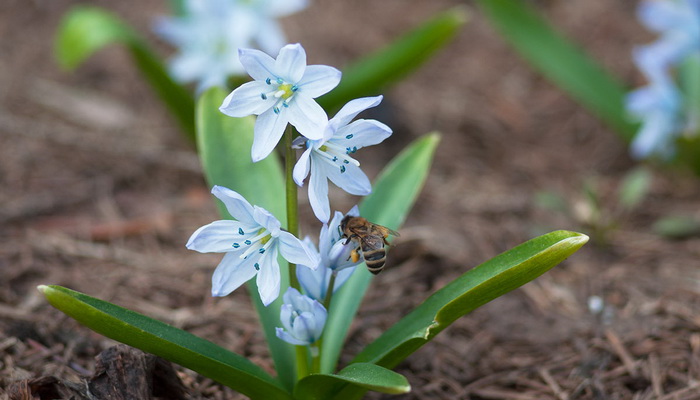
Pushkinia proleskovidnaya (Puschkinia scilloides) is very similar to the spit (and at one time belonged to this genus ) . This charming plant blooms early-early in the spring and is actively sown, and self-sowing blooms after two years.
Of hionodoks (Chionodoxa) are the most common species hionodoksy Lyutsilii (Ch. Luciliae). These are unpretentious plants with charming star-shaped flowers of various colors. If they get into the garden, they will remain in it forever.
Blackheads and chionodoxes are quite variable, with most species having pink and white-flowered forms.
The tiny bulbous ones require absolutely no maintenance. It is advisable to plant them in places where water does not stagnate in spring, but Siberian scrub grows in nature both in flooded meadows and in floodplain forests, therefore it will withstand some flooding. Plants do not care where they are planted – in the sun or in the shade. In any case, they will have time to bloom and set seeds before the leaves of other plants cover the sun for them.
The bulbs of the forest, puschinia and chionodox are well stored, they are reliably protected by dried upper scales. Planting time is autumn, until the soil freezes. The depth is 2-3 onion diameters, the distance between plants is 5-7 cm.
Small-bulbous are good against the background of conifers. The touchingly delicate creatures contrast with the stable, reliable needles. You can plant Pushkinia and Woodleaf in rockeries, if you are not worried that the plants will be actively sown. Such beautiful bulbous flowers for the garden during flowering can be seen in the photo below:
Perennial flowers for the garden: hyacinths
Not sure which bulbous perennials to choose for the garden so that they will delight you with their flowering every year? Among the primroses are bright and lush hyacinths, which emit a pleasant aroma.
The flowers of the hyacinth are bell-shaped, the color can be blue, lilac, light pink, crimson, white, red, yellow. For planting hyacinths, use loose, preferably sandy soil.
This bulbous plant is versatile as it is suitable for outdoor cultivation, early forcing indoors, and for cutting. Pay attention to the bulbous perennials for the garden called “hyacinth” in this photo:
These are small, but lush plants with succulent low stems and leaves of a regular elongated shape of bright green color. Leaves can be up to 9-12 cm long.
In the center among the leaves is a stem up to 30 cm long with a large inflorescence, which can reach up to 10 cm in diameter. The inflorescences of the hyacinth are in the form of a cylinder or cone. Flower beds with flower arrangements consisting of hyacinths of different colors look great.
Perennial garden flowers daffodils
Among the flowering bulbous plants in the garden, beautiful daffodils can often be seen. More than 10 species of this garden culture are known in floriculture. The flowers of the daffodil can be simple or double, white, light pink or yellow.
Daffodils bloom in late April – early May. These early bulbous perennial flowers for the garden are completely unpretentious to care for, so even an inexperienced florist can easily grow them on a garden plot.
The plant is represented by many species, all of them differ not only in the color of the flowers, but also in their size and number on the peduncle. The largest varieties of daffodil are Palmaris, Orangerie, Fortissimo, the stem grows to a height of 45-50 cm.The daffodil Fortissimo also has large flowers, their diameter is about 8 cm.
Daffodils love sunshine, so plant these bulbous perennials in well-lit areas to help them decorate your garden. The garden plant is unpretentious to the soil, but if possible, it is worth giving preference to loam. When choosing a site for planting daffodil bulbs, it is important that water does not stagnate in it during the spring and autumn during precipitation. Having chosen a site for planting daffodils, about a month before planting it is necessary to fertilize the soil with peat.
It is necessary to plant bulbs in mid-August – early September, so the plants take root well before the first frost. In one place, daffodils can grow up to 4-5 years, after which they should be transplanted to another area. It is not recommended to dig out bulbs earlier than after 3 years, since only by this age are they ready to reproduce.
Bulbous flowers for the garden, known as “daffodils”, in this photo are represented by different colors of flowers:
Bulbous flowers tulips
These noble and beloved by many gardeners perennial bulbous flowers for the garden bloom soon after daffodils. Today there are more than 3,500 varieties of this bulbous perennial, but the most popular and often grown are about 150 species.
Tulips can be completely different and differ from each other in size, height, length of leaves, shape and color of the flower. The plant blooms from early spring to early summer – depending on the variety. The most popular color options for tulips are red, yellow, white, pink. In the gardens, you can also see multi-colored specimens, dotted or striped.
Tulips are thermophilic plants, so sunny and wind-protected garden areas are ideal places to plant them. With a lack of sunlight, the flower stalks of tulips begin to bend. Also, a deficiency of ultraviolet radiation leads to the fact that the bulbs do not receive the nutrients they need, so they can die.
These bulbous plants are demanding on the soil, it must be sufficiently nutritious, loose and oily. Sandy soils are completely unsuitable for growing tulips, they are too poor in nutrients for these bulbous perennials. Before planting the bulbs, the soil must be fertilized with humus. When tulips are planted in heavy clay soils, they are pre-mixed with sand or peat.
Other perennial bulbous plants are also suitable for the garden. These are luxurious gladioli, lilies, imperial hazel grouse, peacock tigridia, ifheon and many other flowering bulbous plants. All popular bulbous plants for the garden with their names are shown in the photo below:
